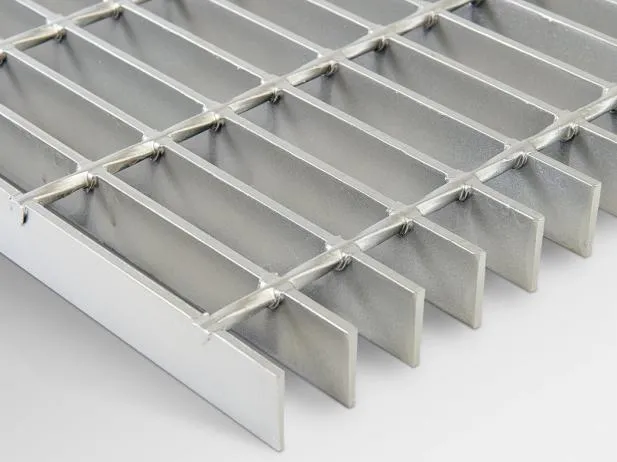- Industrial zone, South of Anping Town, Hengshui, Hebei, China.
- sales@hfpetromesh.com
- +86-18931809706
aluminum bar grating weight
Understanding the Weight of Aluminum Bar Grating
Aluminum bar grating is a versatile material commonly used in various industrial and commercial applications. It serves purposes such as flooring, walkways, platforms, and drainage covers. One of the critical considerations when selecting aluminum bar grating for a specific project is its weight. Understanding the weight of aluminum bar grating is essential for ensuring structural integrity, ease of installation, and overall project feasibility.
The weight of aluminum bar grating primarily depends on several factors including the type of aluminum used, the dimensions of the grating bars, and the spacing between them. Aluminum, as a material, is known for its lightweight nature compared to alternatives like steel or iron. This characteristic makes aluminum bar grating an attractive choice for applications where weight reduction is crucial, such as in the aerospace or automotive industries.
To calculate the weight of aluminum bar grating, one generally considers the following formula
\[ \text{Weight} = \text{Volume} \times \text{Density} \]
The density of aluminum typically averages around 2.7 g/cm³. This density may vary slightly depending on the specific alloy used, but for most standard applications, this average suffices. The volume can be calculated by multiplying the cross-sectional area of the grating bars by their length.
For example, if you have a grating bar that measures 1 inch in width and 0.5 inches in height and is 10 feet long, the calculation for volume could look like this
1. Convert all measurements to cubic inches - Width = 1 in - Height = 0.5 in - Length = 10 feet = 120 inches
aluminum bar grating weight

2. Calculate the cross-sectional area \[ \text{Area} = \text{Width} \times \text{Height} = 1\, in \times 0.5\, in = 0.5 \, in² \]
3. Calculate the volume \[ \text{Volume} = \text{Area} \times \text{Length} = 0.5\, in² \times 120\, in = 60\, in³ \]
4. Convert volume to cubic centimeters (1 in³ = 16.387 cm³) \[ 60\, in³ \times 16.387\, cm³/in³ \approx 982.62\, cm³ \]
5. Finally, calculate the weight \[ \text{Weight} = 982.62\, cm³ \times 2.7\, g/cm³ \approx 2653.07\, g \]
Converting grams to pounds (1 lb = 453.592 g) results in approximately 5.85 lbs.
This example illustrates how one can determine the weight of specific aluminum bar grating configurations. When evaluating grating for your project, it’s crucial to consider not just the weight but the strength, load-bearing capacity, and safety ratings as well. The lightweight nature of aluminum can significantly impact the overall design and structural requirements, leading to potential cost savings during transportation and installation.
In conclusion, understanding the weight of aluminum bar grating plays a pivotal role in its application within various industries. By conducting careful calculations and considering weight alongside other material properties, professionals can make informed decisions that enhance safety and efficiency in their projects.
-
The Power of Pyramid Shaker Screen - A 3-Dimensional SolutionNewsOct.24,2024
-
Exploring the Versatility and Durability of Steel GratingNewsOct.24,2024
-
Revolutionizing Drilling Efficiency with Steel Frame Shaker Screens for Mud Shale ShakersNewsOct.24,2024
-
Potential of Shale Shaker ScreensNewsOct.24,2024
-
Offshore Pipeline Counterweight Welded Mesh - Reinforced Mesh in Marine EngineeringNewsOct.24,2024
-
Revolutionizing Offshore Pipeline Stability with Concrete Weight Coating MeshNewsOct.24,2024
